Unit 2 Robots and Their Applications
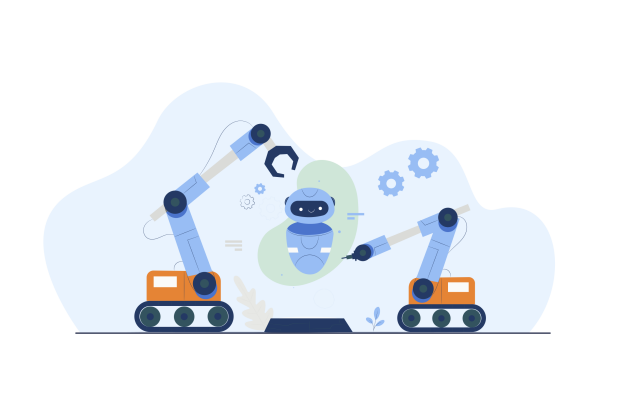
Robots are found everywhere in factories, homes, hospitals, and even in outer space. Several categories of robotic applications are industrial robots, autonomous mobile robots, humanoid robots, and educational robots. In the past, robots mainly worked alone in isolated areas. Nowadays, people research and develop robots that interact with humans directly.
Source: Adapted from the chapter “Robots and their applications” (Ben-Ari and Mondada 2018).
2.1 Reading: Classification of Robots
Robots can be classified according to the environment in which they operate. The most common distinction is between fixed and mobile robots. These two types of robots have very different working environments and therefore require very different capabilities. Fixed robots are mostly industrial robotic manipulators that work in well-defined environments adapted for robots. By contrast, mobile robots are expected to move around and perform tasks in large, ill-defined, and uncertain environments that are not designed specifically for robots.
There are three main environments for mobile robots that require significantly different design principles because they differ in the mechanism of motion: aquatic (underwater exploration), terrestrial (cars), and aerial (drones). Robots for these three environments can be further divided into subclasses: terrestrial robots can have legs or wheels, and aerial robots can be lighter-than-air balloons or heavier-than-air aircraft.
Robots can be classified by the intended application field and the tasks they perform. The first robots were industrial robots. They can be used for manufacturing and logistics. Service robots, on the other hand, assist humans in their tasks. These include home robots like vacuum cleaners, transportation like self-driving cars, and defense applications such as drones. Medicine, too, has seen the increasing use of robots in surgery, rehabilitation, and training. These are recent applications that require improved sensors and closer interaction with the user.
Source: Adapted from the chapter “Robots and their applications” (Ben-Ari and Mondada 2018).
Classification of robots by environment and mechanism of interaction
- fixed
- terrestrial
Show/Hide solution
1.fixed; 2.mobile; aquatic; terrestrial; i.wheeled; ii.legged; airborneClassification of robots by application field
- industrial
- home
Show/Hide solution
1.industrial; logistics; manufacturing; 2.service; home; transportation; defense; medicine2.2 Writing: Categorizing Robots

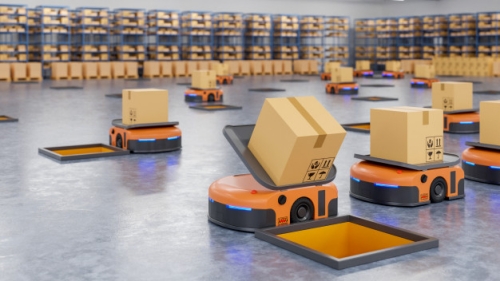
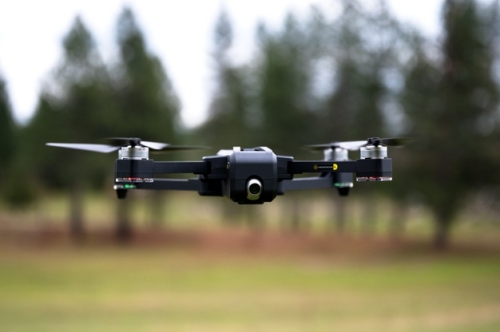
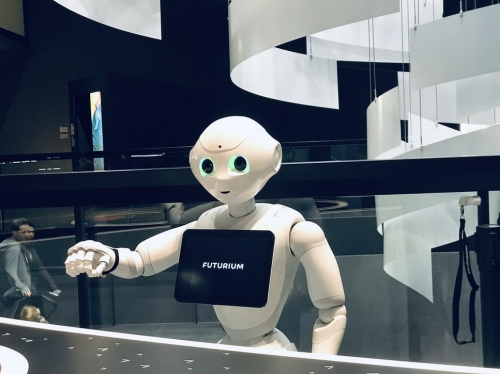
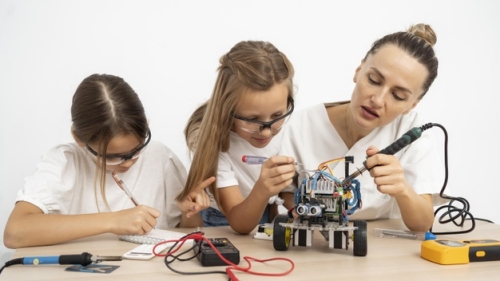

2.3 Speaking: Robots in Your Country
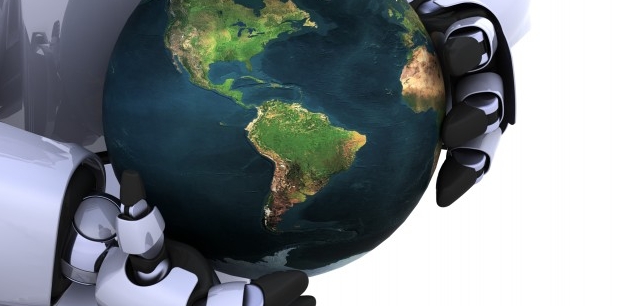
2.4 Listening: Will Robots Take Our Jobs?
This is a
There’s no denying robots and
Occupations that require repetitive and predictable tasks in
A survey of 20,000 employers from 42 countries found that the IT, customer service and advanced
This is particularly a problem for
Show/Hide solution
humanoid; automation; transportation; logistics; manufacturing; low-skilled2.5 My Glossary
Translate these terms into your language.